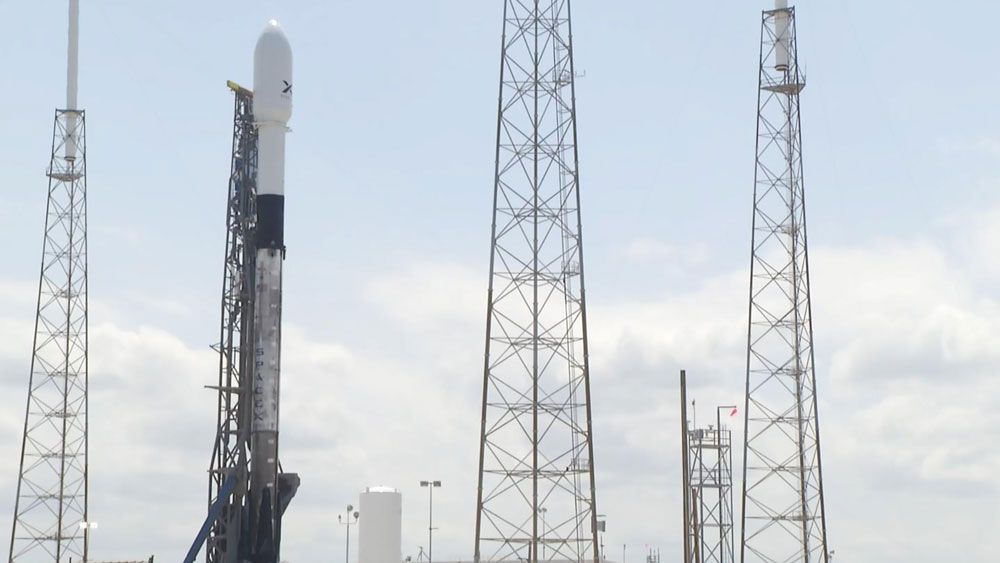Nov 11, 2019
SpaceX launch highlights threat to astronomy from ‘megaconstellations’
Posted by Derick Lee in categories: internet, satellites
Spaceflight company SpaceX is set to launch 60 communications satellites into orbit today as the basis for a web of spacecraft designed to provide global Internet access. But many astronomers worry that such ‘megaconstellations’ — which are also planned by other companies that could launch tens of thousands of satellites in the coming years — might interfere with crucial observations of the Universe. They fear that megaconstellations could disrupt radio frequencies used for astronomical observation, create bright streaks in the night sky and increase congestion in orbit, raising the risk of collisions.
Researchers fear that plans to send tens of thousands of communications satellites into orbit will disrupt scientific observations of the Universe.


















